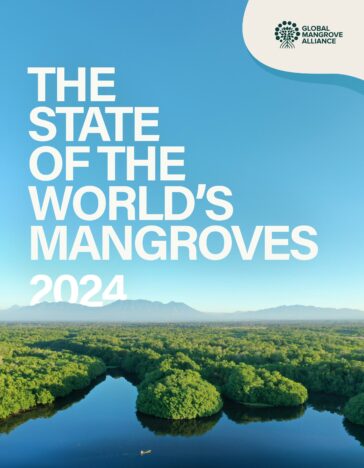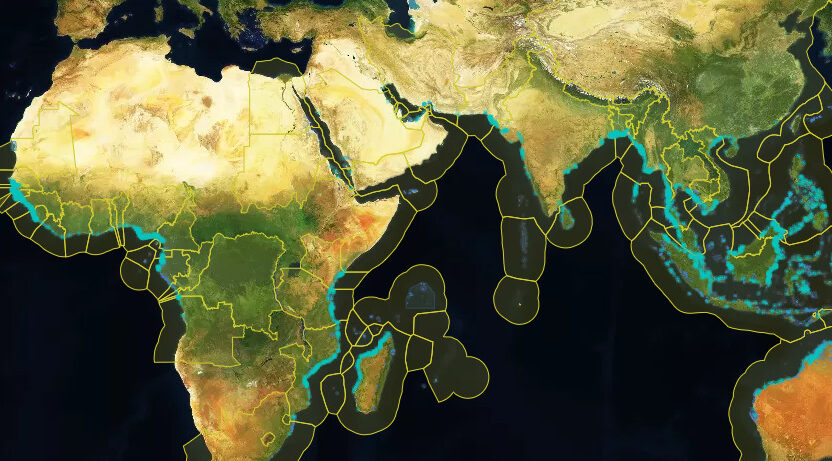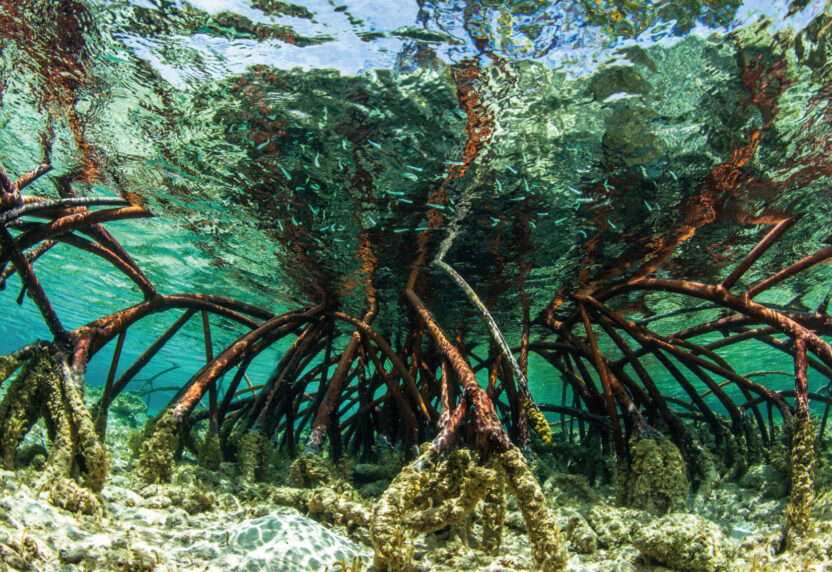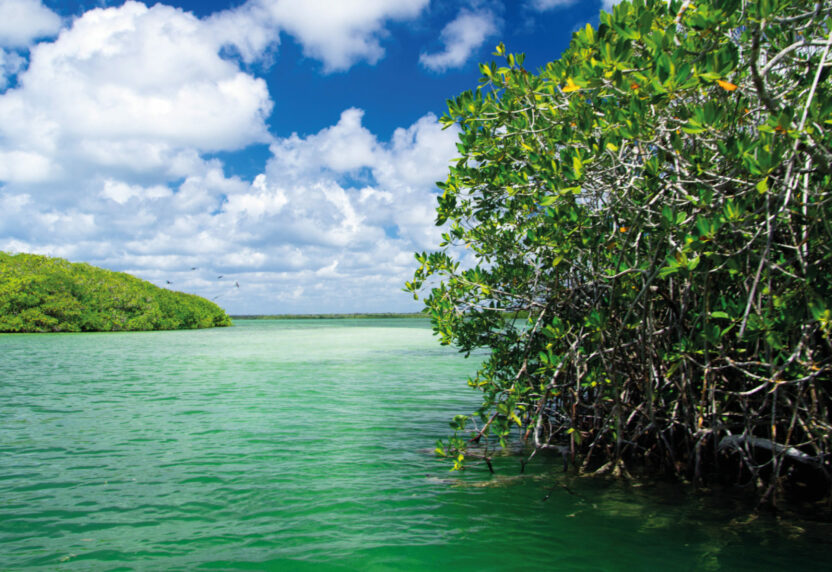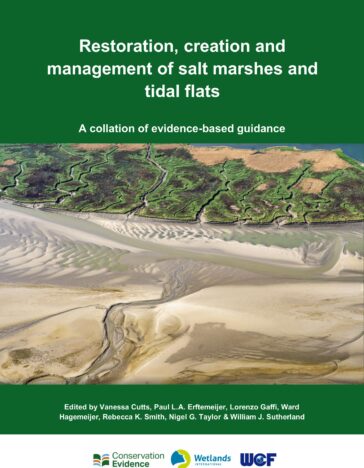
Mangrove restoration toolkit
Mangrove ecosystems are vital coastal habitats that provide numerous ecological and socio-economic benefits, including carbon sequestration, coastal protection, and biodiversity conservation. However, these ecosystems face increasing threats from deforestation, urban development, and climate change. Effective mangrove restoration requires a combination of traditional ecological knowledge, community participation, and scientific advancements.
Mangrove data
Mangrove ecosystems are an important indicator of biodiversity health, and critical for climate mitigation and adaptation. However, a first-of-its-kind global assessment published by IUCN’s Red List of Ecosystems shows that half of all mangrove ecosystems are at risk of collapse by 2050 due to climate change. New data and better mapping help identify and inform decision-makers responsible for setting policies to protect these valuable ecosystems. Produced by the Global Mangrove Alliance (GMA), a coalition of more than 100 government and non-government organisations, the State of the World’s Mangroves 2024 report provides a comprehensive assessment of the latest scientific advancements and policy efforts to protect mangroves.
Downloads
Global Mangrove Watch
Remote sensing and geospatial tools play a crucial role in mangrove monitoring and management. The Global Mangrove Watch, a satellite-based platform, provides near real-time data on mangrove extent and health. By utilizing such technological resources, policymakers and conservationists can assess deforestation trends, identify priority restoration sites, and track the long-term success of interventions.
Downloads
Integrating mangrove action into climate and biodiversity strategies
Scientific developments and the increasing availability of mangrove data provide a starting point for policymakers. Mangroves and other blue carbon ecosystems (such as seagrasses and tidal salt marshes), are an integral component of achieving national and global climate and biodiversity goals.
A list of publications
Ecological mangrove restoration
Nearly 80% of mangrove mass-planting efforts fail, especially in areas that have been extensively altered. Effective mangrove restoration, therefore, needs to extend beyond tree planting to include ecosystem-based approaches. Wetlands International encourages Ecological Mangrove Restoration (EMR), emphasizing the importance of restoring hydrological conditions, ensuring species selection aligns with ecological conditions, and prioritizing natural regeneration of mangrove forests. While natural regeneration takes longer than planting, trees that naturally appear will be able to survive in the suitable conditions that were created and deliver more benefits for biodiversity, climate and people.
Watch the series below and explore it in other languages (Spanish, French, Portuguese and Bahasa) here.
Best Practice Guidelines on Mangrove Restoration
For the most up-to-date and step-by-step guidance on best practices for every phase of mangrove restoration projects, read the Best Practice Guidelines on Mangrove Restoration, released by the Global Mangrove Alliance and the Blue Carbon Initiative.

